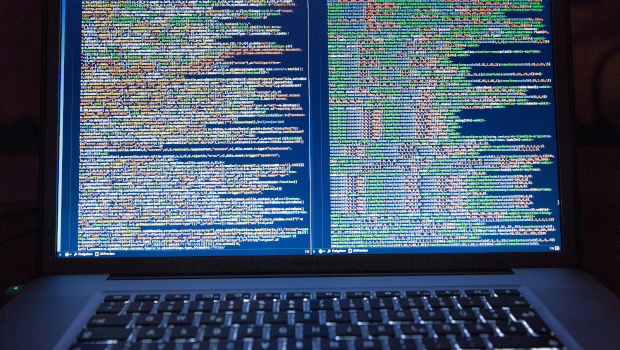
Opaque pricing hides actual value of SaaS
“New research uncovers SaaS pricing inflation is growing 4x faster than market inflation.” That’s quite a statement. The impact is reinforced by the sentence that follows: “The rapid increase in SaaS prices has meant that customers are spending 53% more on licensing than they were five years prior.”
I don’t know about you, but when I see something like that, I’m going to read on. The context for these startling statements is provided by research conducted by Vertice – and the company should know what it’s talking about because it is in the business of SaaS purchasing and spend management.
“Spending on SaaS products grew more than tenfold between 2010 and 2020, from $13 billion to $157 billion annually,” the press release reveals. At a later stage, it adds: “A growing percentage of all expenditures for businesses goes to SaaS, with around 12.7% of total spending now used on software investments. That means $1 in every $8 that modern organisations spend is now dedicated to SaaS.”
I’m not arguing those figures aren’t impressive, I’m just wondering how they connect to inflation. Most people reading those statements will accept they concern increased spending on SaaS by businesses but is there any specific connection with inflation?
Further along, Vertice states: “It has taken only five years for average SaaS spending to double. Based on the economic inflation rate over the same period, it would take 18 years for the cost of SaaS to double. This growth has far outpaced the rate of general economic inflation, even after factoring in recent periods of an uncharacteristically high CPI.”
Again, I’m not seeing where the implicit connection between increased spending and inflation comes in. I’m sure Vertice is correct when it says it would take 18 years for the cost of SaaS to double based on the economic inflation rate, but I’m not so clear it has proven the doubling of spending in five years is attributable to inflation rather than faster overall growth in sales.
Yes, the cost of SaaS for companies has gone up but so has its use and adoption.
So is there a clear distinction between SaaS pricing inflation and market inflation? Vertice certainly thinks so.
Real world problems
“It would be easy to attribute the explosion in SaaS spending to the adoption of new tools or the need for additional licences and functionality,” the report acknowledges, but adds: “While the average amount spent on SaaS has increased by 14.4% annually since 2018, only around 5% of this is due to these factors. The much bigger reason is the remaining 9%, which is due to vendors charging customers more – SaaS pricing inflation.”
The report states that “analysis of more than 10,000 SaaS contracts shows that 74% of vendors have increased their list pricing since 2019”. Of those that have not, “almost all have reduced the size of the average discount afforded to customers – effectively raising the spend without touching the list price”.
That’s not surprising, though, is it? Common sense would dictate that 74% of companies in nearly every sector would have increased list prices since 2019. And as for discounts being reduced, is it really that abnormal?
The bit that sounds as if it might be is where Vertice states that “the rapid increase in SaaS prices has meant that customers are spending 53% more on licensing than they were five years prior. This ‘SaaS pricing inflation’ is responsible for the majority of the growth in business SaaS spending”.
That seems pretty spectacular. But is it the complete picture? According to Vertice’s own calculations, normal inflation would have increased prices by 20.1% between 2018 and 2022, compared to 53.9% for SaaS inflation. So that’s a difference of 33.8%. That’s big, make no mistake, but it’s not as big as first suggested. I’m still not entirely convinced it’s completely accurate either. How definitive is the calculation that “only around 5%” of additional SaaS spending every year is due to the adoption of new tools or the need for additional licences or functionality?
How do we know, for example, whether those price rises aren’t just higher because SaaS providers offered their products at big discounts to gain adoption back in 2018? Perhaps the discounts degrade over time? Or could it be because they have more service elements to their offerings now?
The thing I keep wondering is: if your SaaS provider had been fleecing you so badly for five years, would you put up with it? It’s not as if they’re insurers in Ireland.
There may be some truth that SaaS providers have been making a killing over the last five years but I’m not sure Vertice has put the pieces together to construct a convincing and incontrovertible argument they have done so mainly from raising prices well above the headline inflation rate.
Still, the headline did convince me to read on.






Subscribers 0
Fans 0
Followers 0
Followers